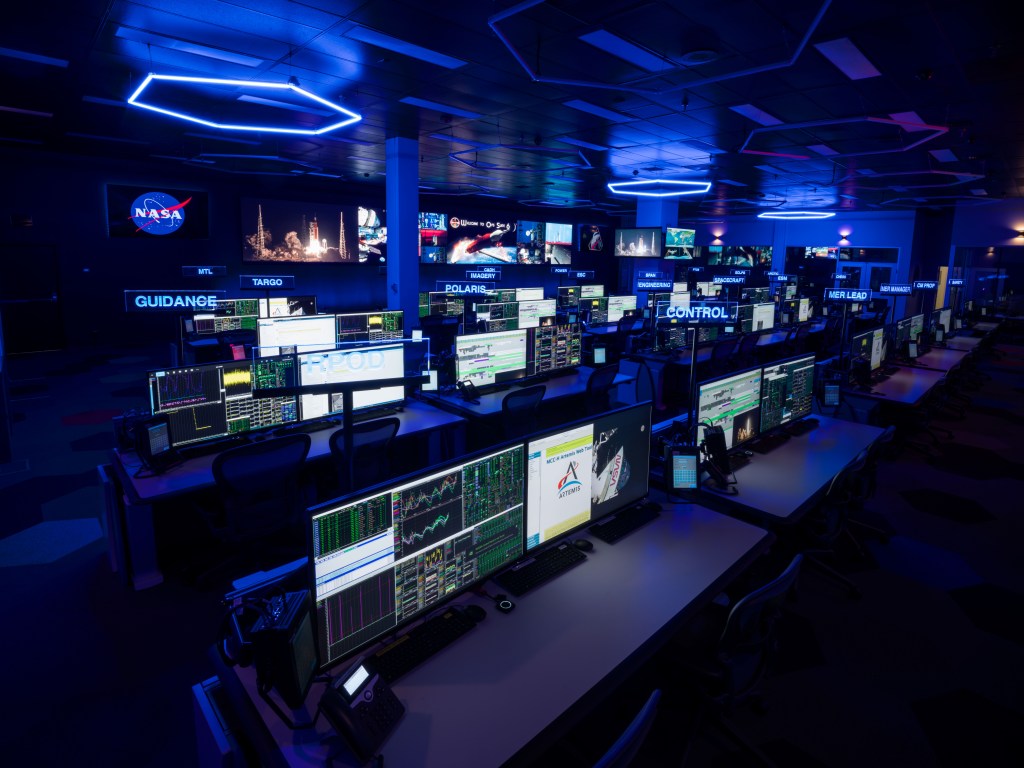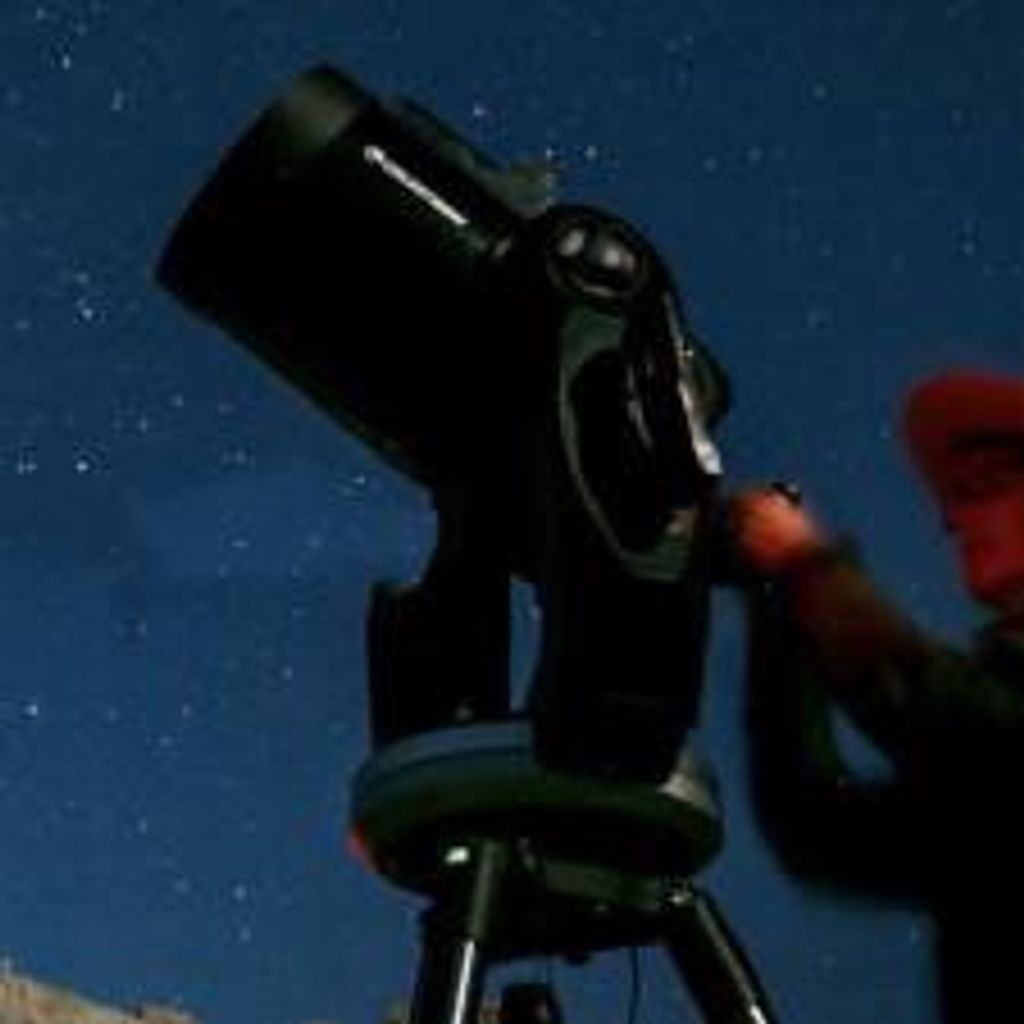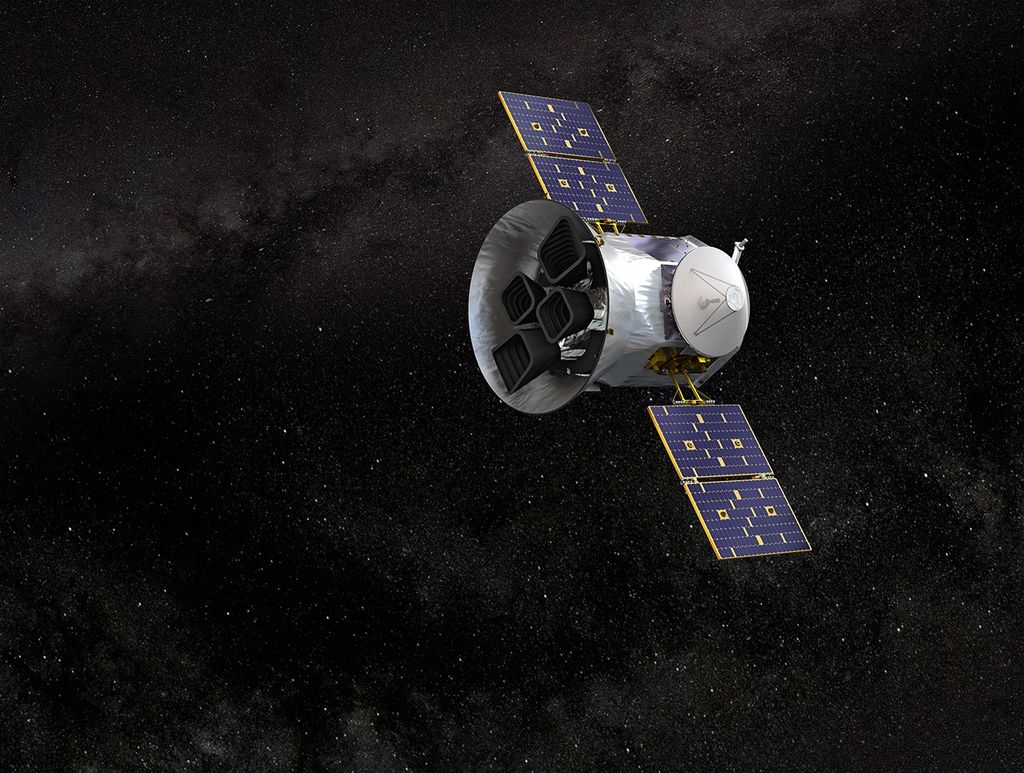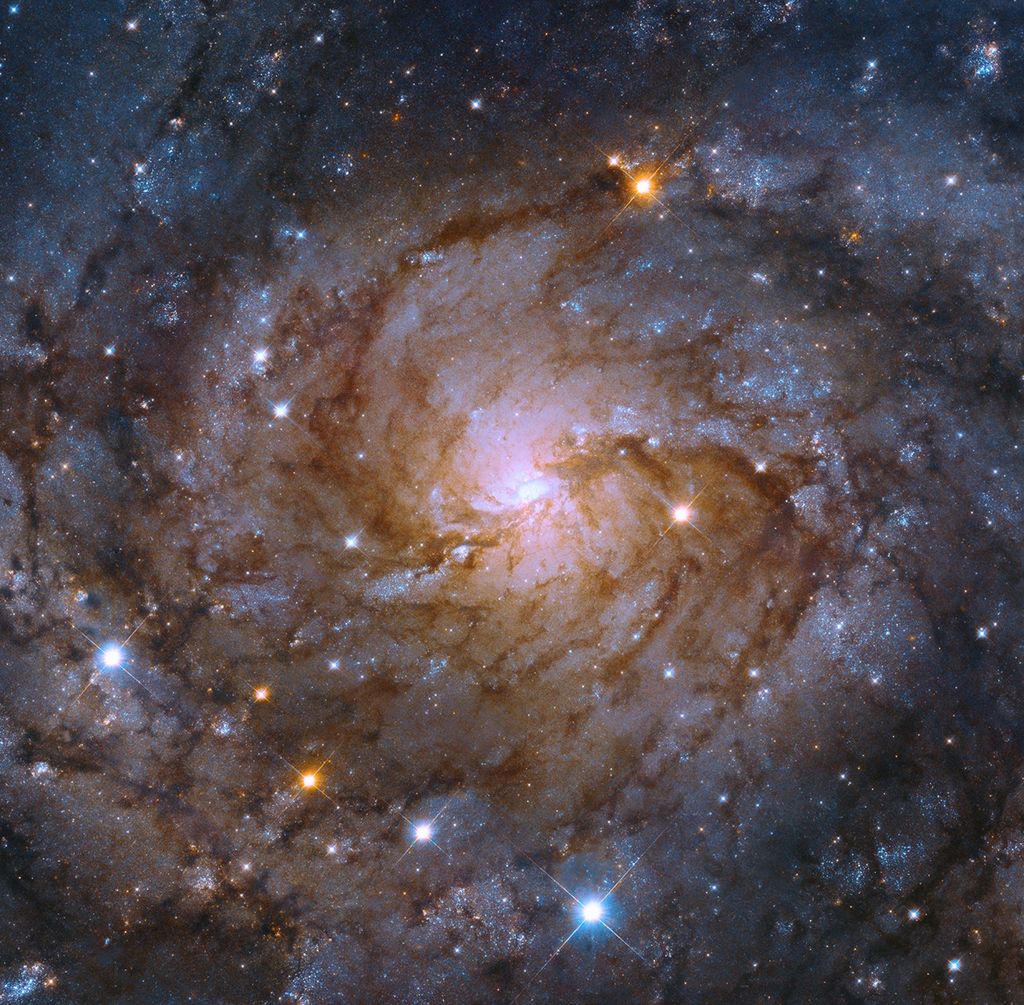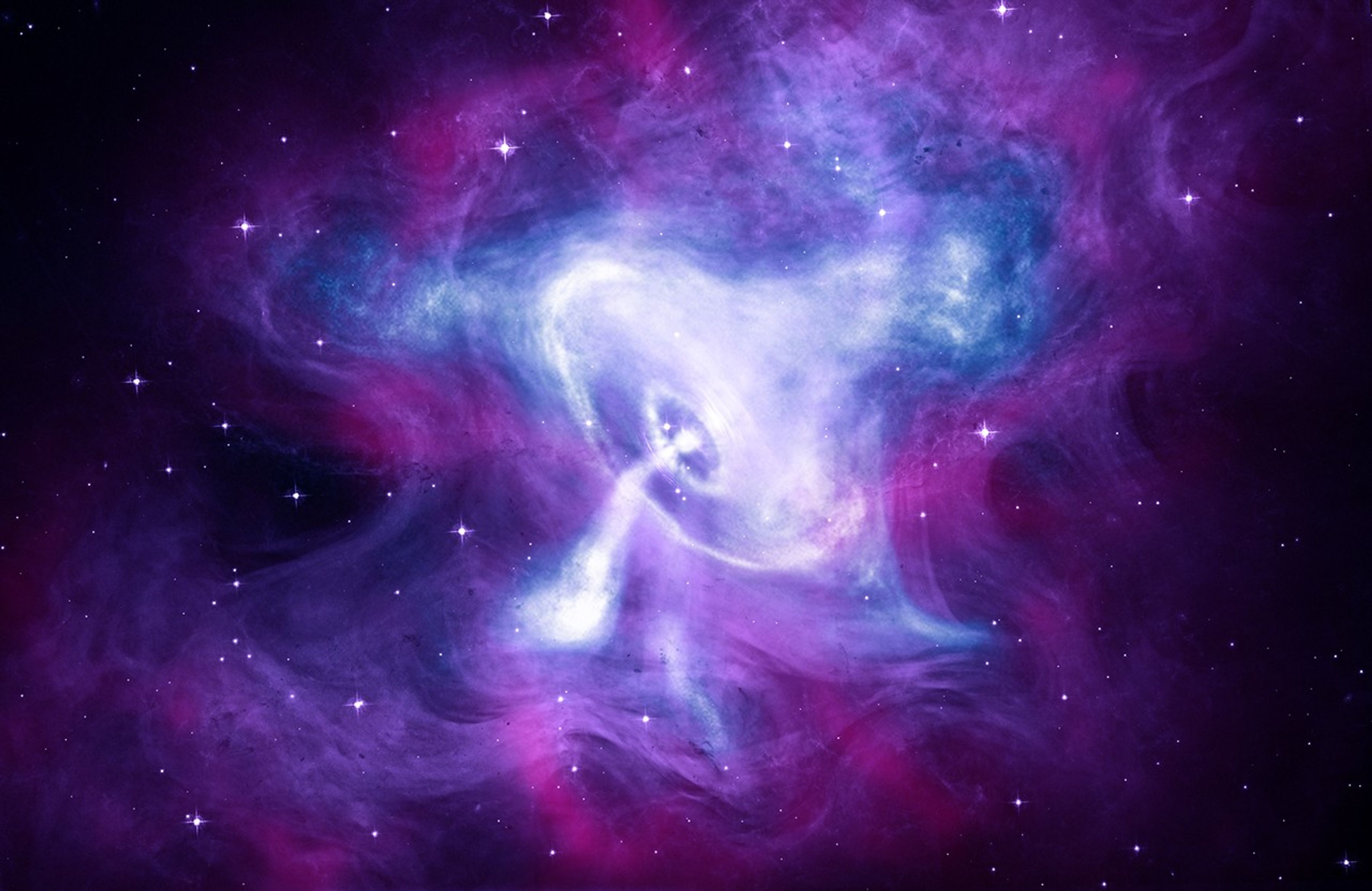
“Follow the water!” The solar system is full of water in different states, from the Sun’s water vapor to the ice of Pluto and beyond. Water is not only linked to the possibility to sustain life, it is also interesting for its own geological properties and potential uses. For example, ice on the Moon and Mars could support human exploration. Comets that hit Earth may have deposited water on our planet. The icy comets and rings of Saturn reveal how solar systems change over time.
Liquid water, however, has a special role in enabling life. Scientists have discovered indications that liquid water might exist on a number of moons orbiting our solar system’s gas and ice giants. The mantra of the astrobiology community is to “Follow the Water” to find life, so subsurface oceans on Jupiter’s Europa, Saturn’s Enceladus, and other moons are compelling targets for future missions.
However, looking beneath the miles-thick ice crusts of these planetary bodies with conventional remote-sensing instruments, like cameras and radar, is challenging. Until we can send landers or rovers that drill or melt through the ice, we can use other techniques to track down these enormous, but elusive, water bodies. One method—Magnetometry—stands out since magnetic fields penetrate solid material and can therefore provide information about the interior of planet-sized bodies.
Briny water conducts electricity; therefore, a saltwater ocean can function as a planet-sized electric circuit. The strong rotating magnetic field of the parent planet of an ocean world can induce an electric current in this “circuit,” which in turn disturbs and modifies the magnetic field near the ocean world under investigation. These magnetic field disturbances can be observed from a spacecraft and may indicate the presence of liquid water. For example, a distortion of Jupiter’s magnetic field in the vicinity of Europa was measured by the magnetometer on NASA’s Galileo mission, providing further evidence for the initial suspicions of a water ocean under that moon’s icy crust.
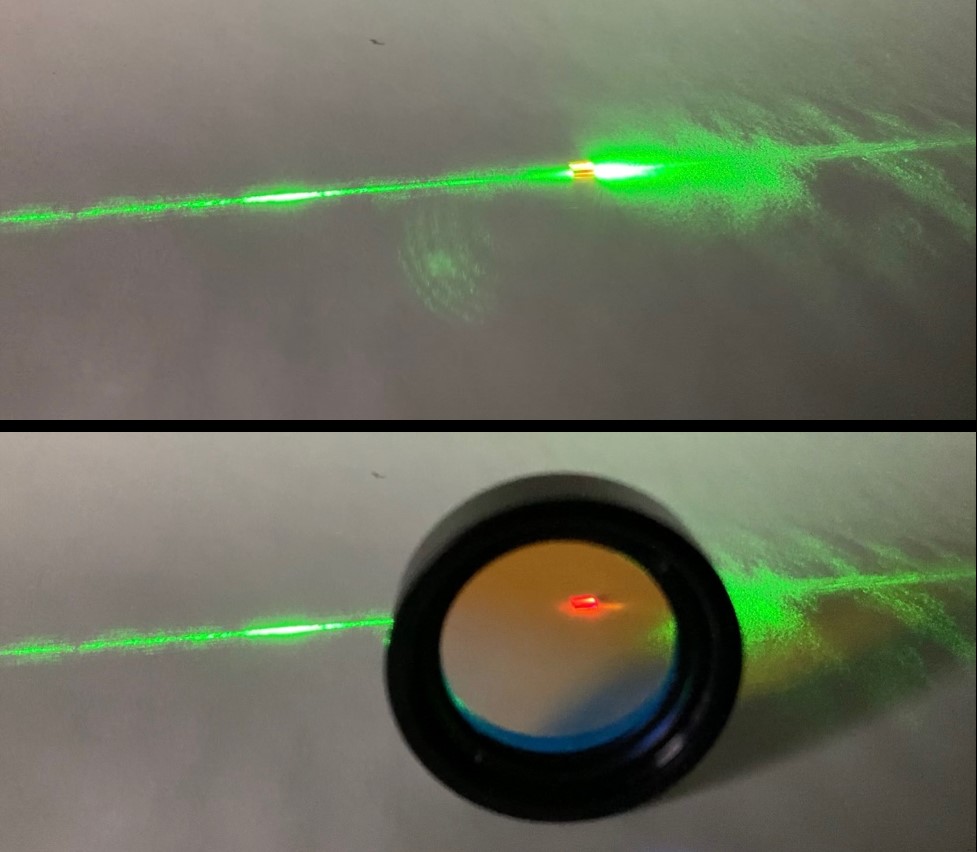
Solid-state quantum magnetometers are an upcoming instrument class promising to measure magnetic fields at competitive sensitivities, while offering lower size, weight, and power footprints. In addition, these instruments offer quantum benefits like self-calibration on spin-nuclear quantum interaction, which means that the magnetometer can compensate for drifts over time. This capability is especially important for decades-long missions to the outer ice-giants. Other solid-state quantum advantages include radiation resilience and an inherent ability to withstand very high/low temperatures.
Solid-state quantum magnetometers leverage quantum color centers located in semiconductors such as diamond and silicon carbide. Color centers are defects in the crystal lattice—for example, a missing atom or a different atom replacing a crystal atom. In everyday life, color centers give crystals their color, but they can also be probed on the quantum level using modulated light. Due to their quantum spin properties these color centers are sensitive to environmental magnetic fields. As these color centers are exposed to varying magnetic fields, the changing quantum spin properties can be read electrically and/or optically, providing insight into the magnetic field properties and enabling us to detect the presence of water.
Research teams at NASA’s Jet Propulsion Laboratory are developing two magnetometers to measure spin properties from space. The incredibly simple but elegant SiCMAG (Silicon Carbide Magnetometer, Lead Dr. Corey J. Cochrane) instrument reads spin properties electrically, while the OPuS-MAGNM (optically pumped solid state quantum magnetometer, Lead Dr. Hannes Kraus) promises access to higher sensitivities through the addition of optics. Optically pumped here means that the quantum system is pumped with green (diamond) or deep red (silicon carbide) laser light, and the system’s response is read with a light detector.
According to Dr. Kraus, “Novel quantum sensors not only enable new science, but also offer the chance to downscale former flagship-class instrumentation to a size and cost allowing flagship-class science on CubeSat-class platforms.”
NASA has been funding solid state quantum magnetometer sensor research through its PICASSO (Planetary Instrument Concepts for the Advancement of Solar System Observations) program since 2016. A variety of domestic partners from industry and academia support this research, including NASA’s Glenn Research Center in Cleveland, the University of Iowa, Q-Cat LLC and QuantCAD LLC, as well as international partners such as Japan’s National Institutes for Quantum Science and Technology (QST Japan) and ETH Zurich, a public research university in Zurich, Switzerland.

Acknowledgment: The research was carried out at the Jet Propulsion Laboratory, California Institute of Technology, under a contract with the National Aeronautics and Space Administration (80NM0018D0004).
PROJECT LEAD
Dr. Hannes Kraus, Dr. Corey Cochrane, Jet Propulsion Laboratory/California Institute of Technology
SPONSORING ORGANIZATION
Science Mission Directorate PICASSO, JPL R&D funding






